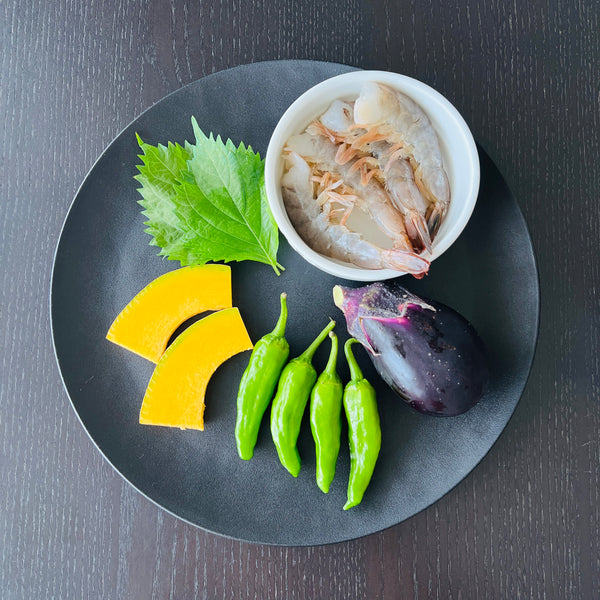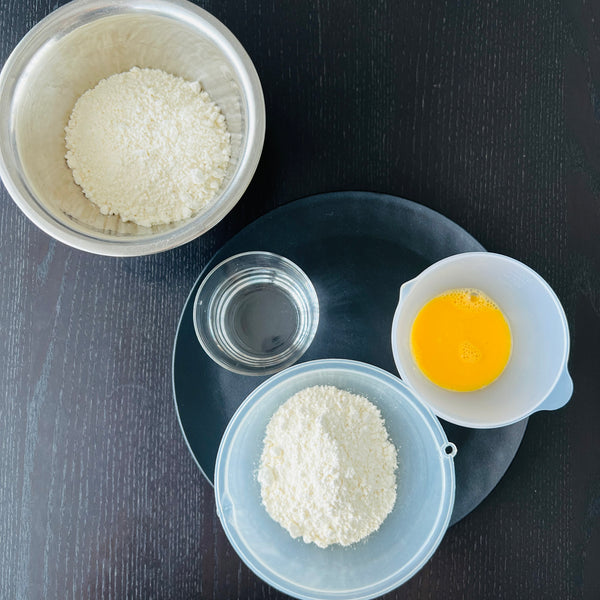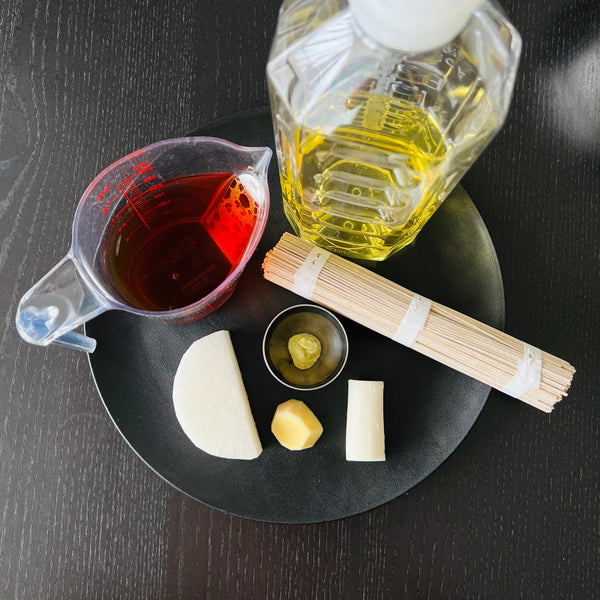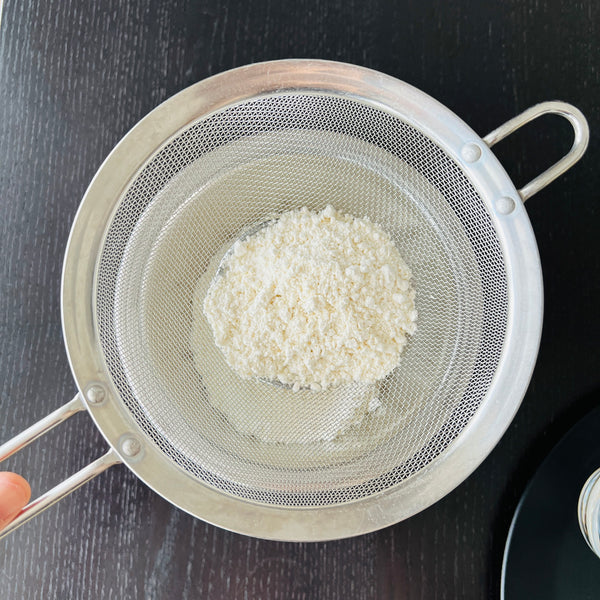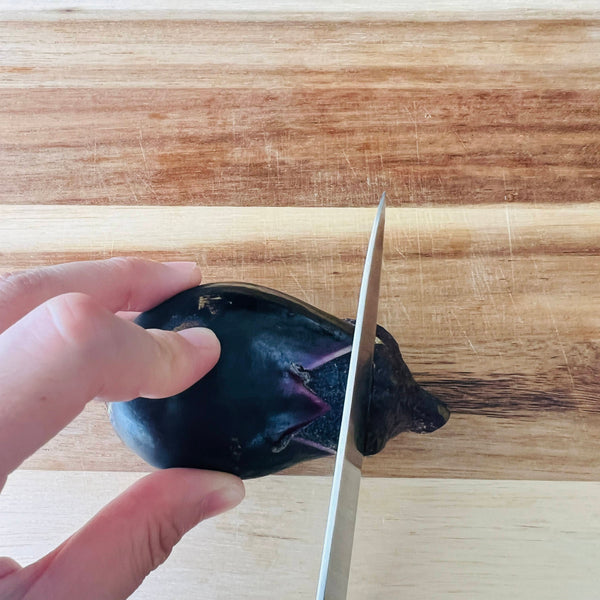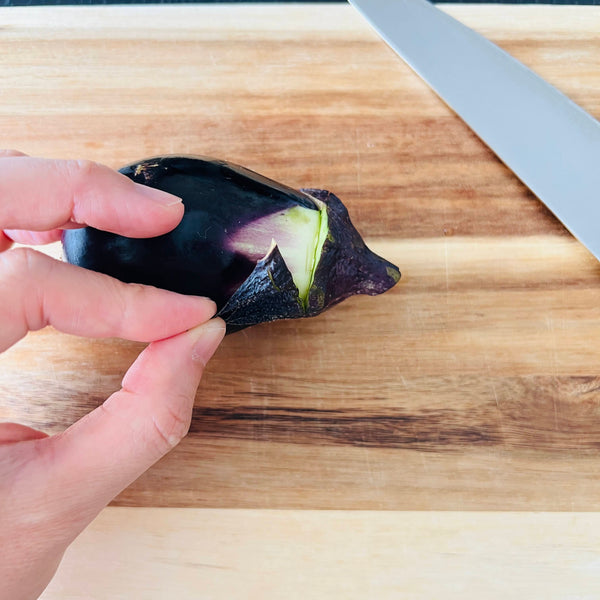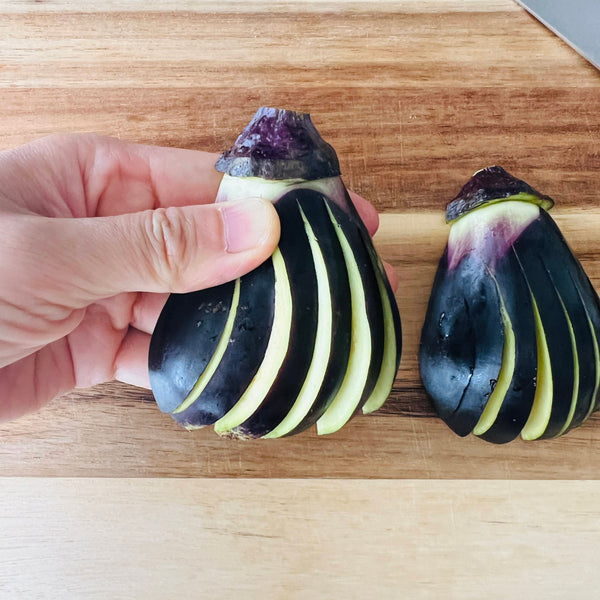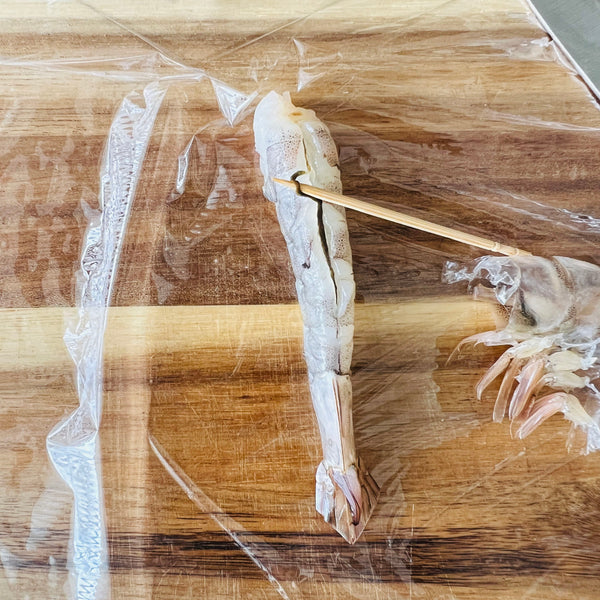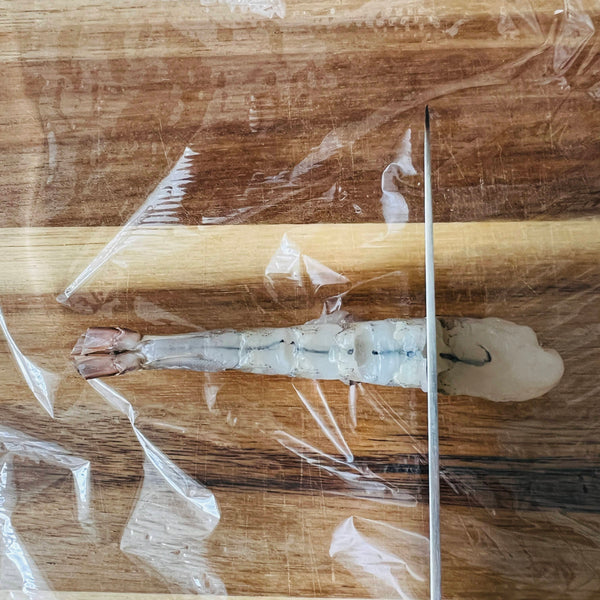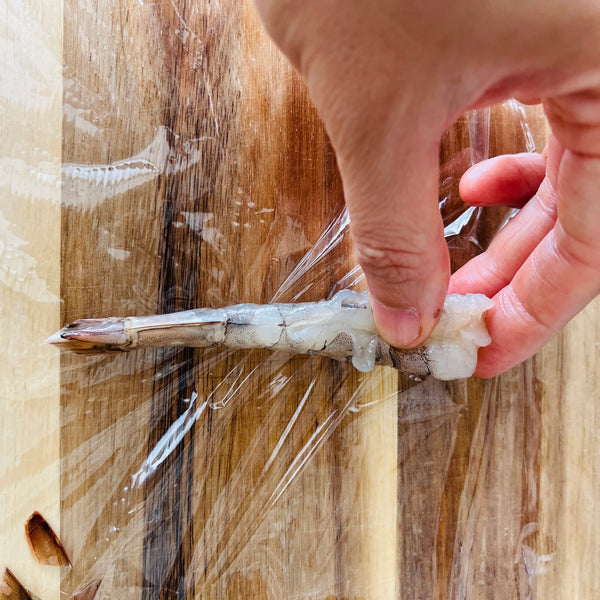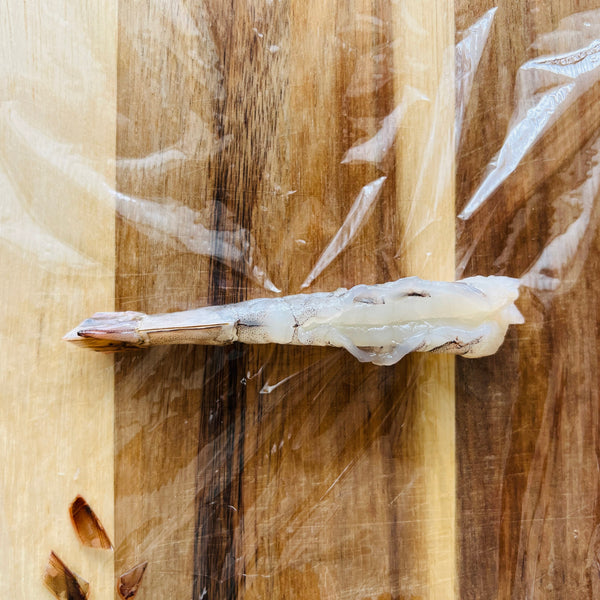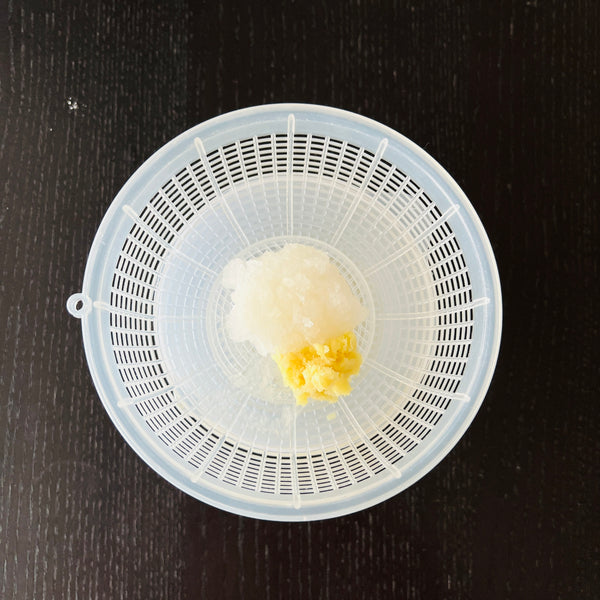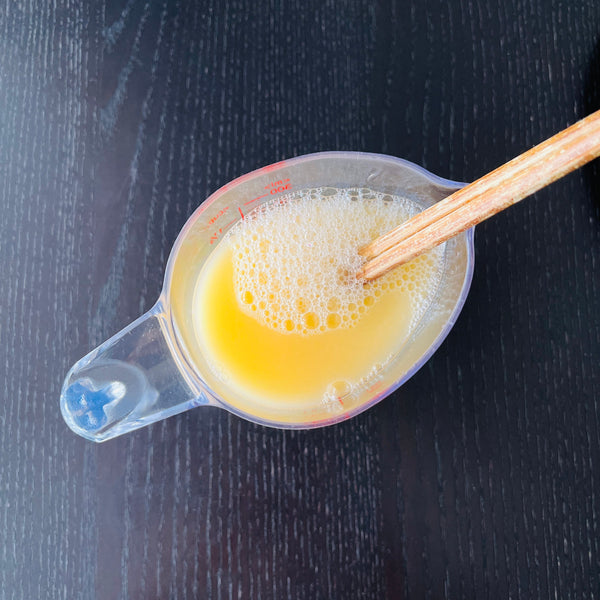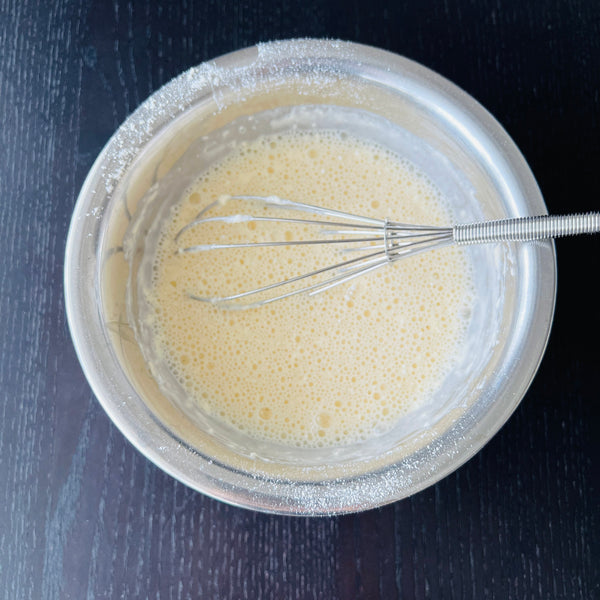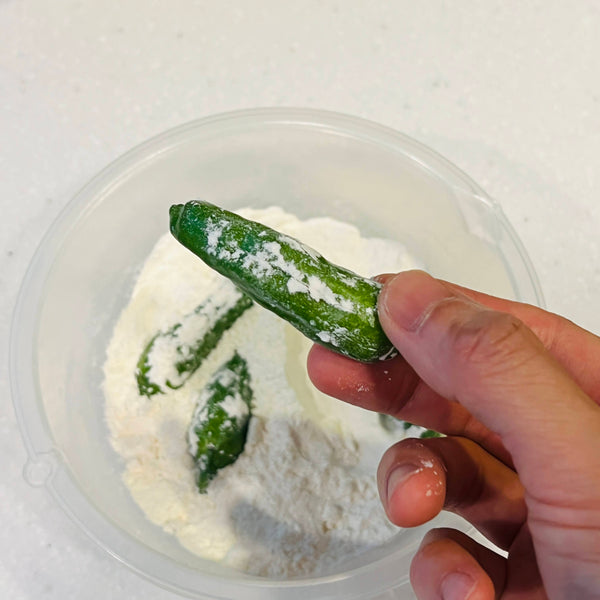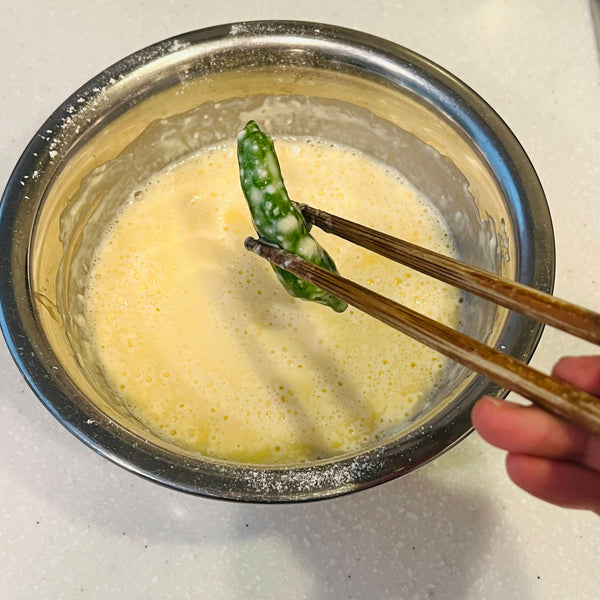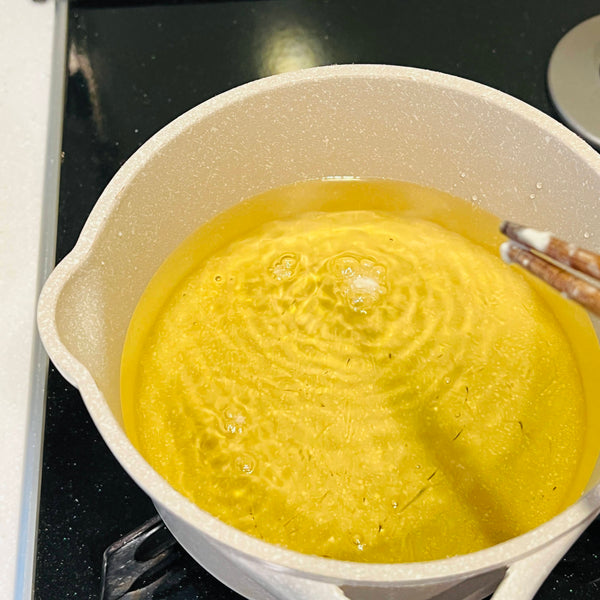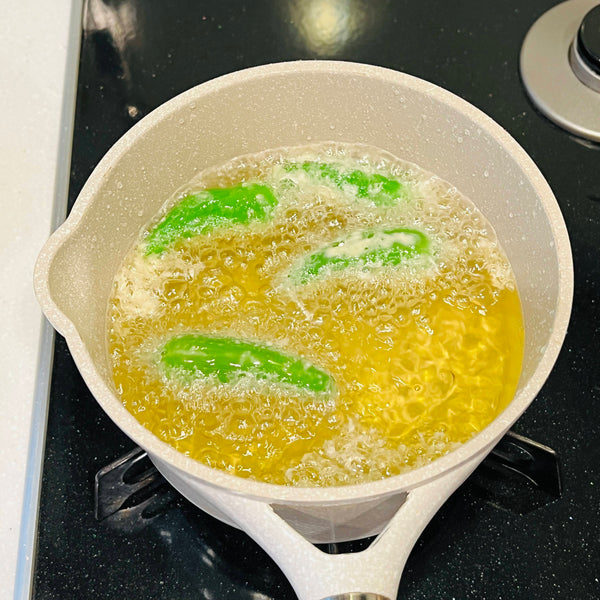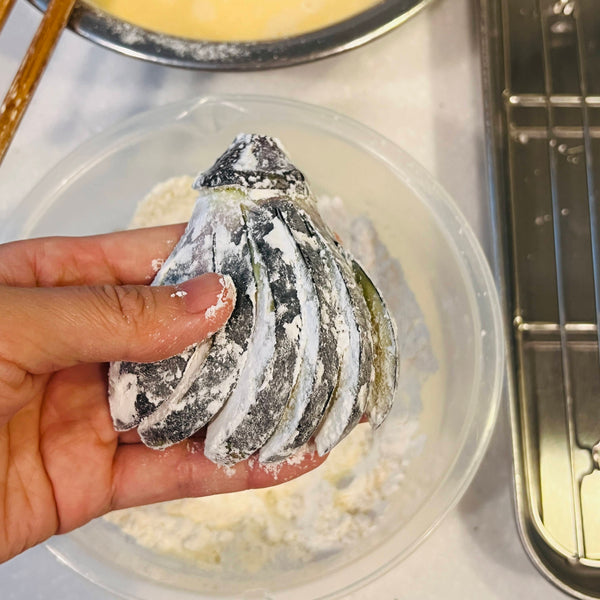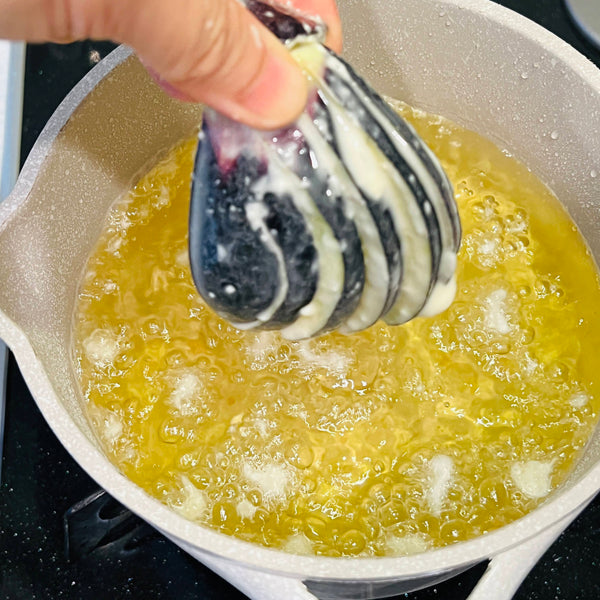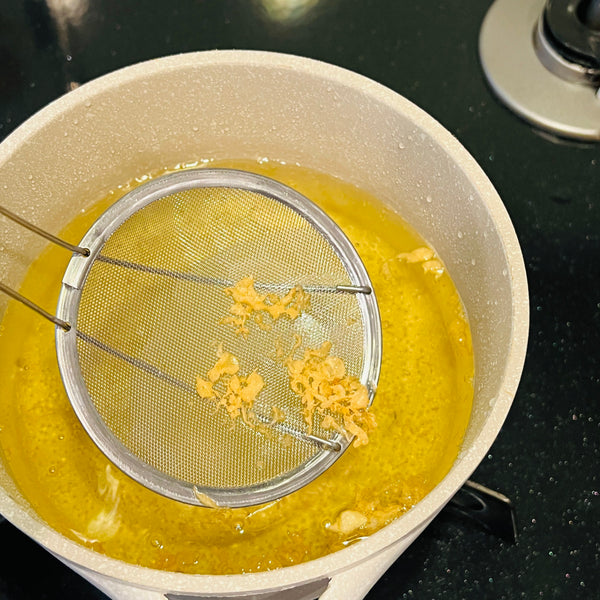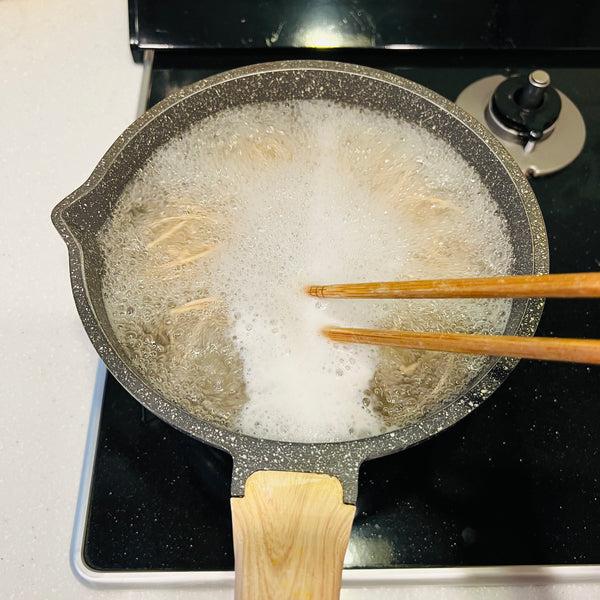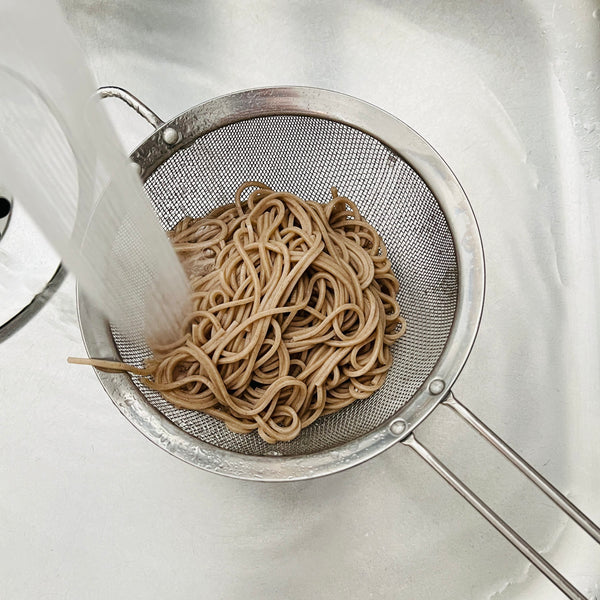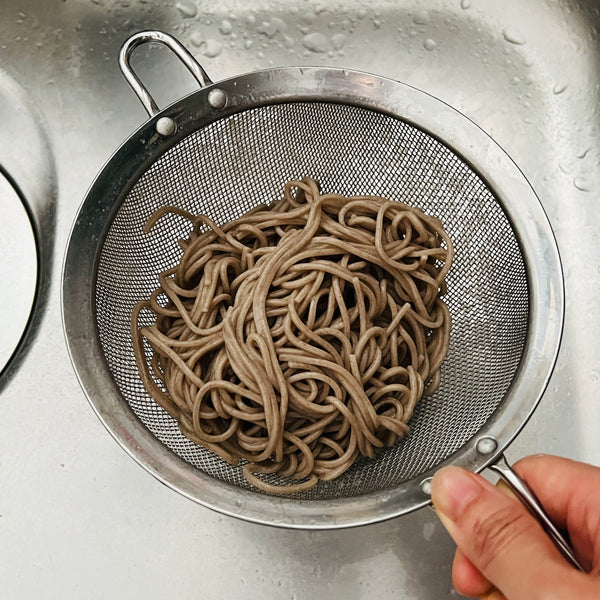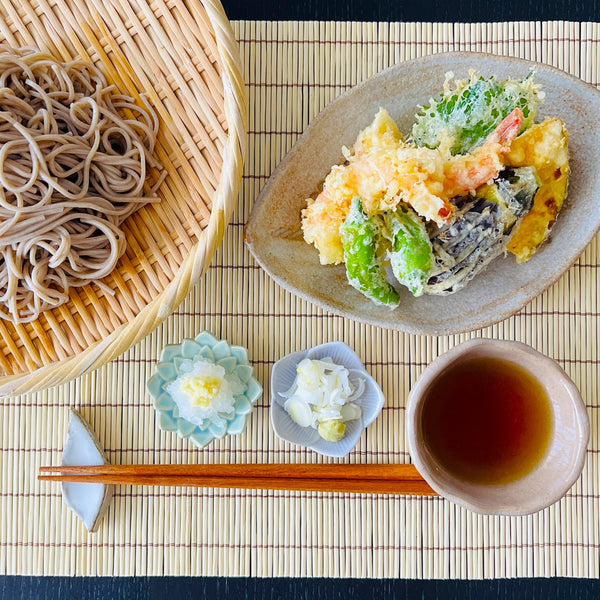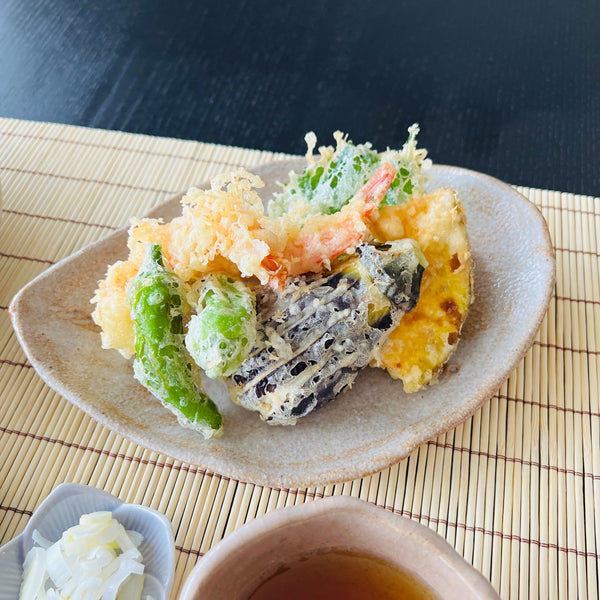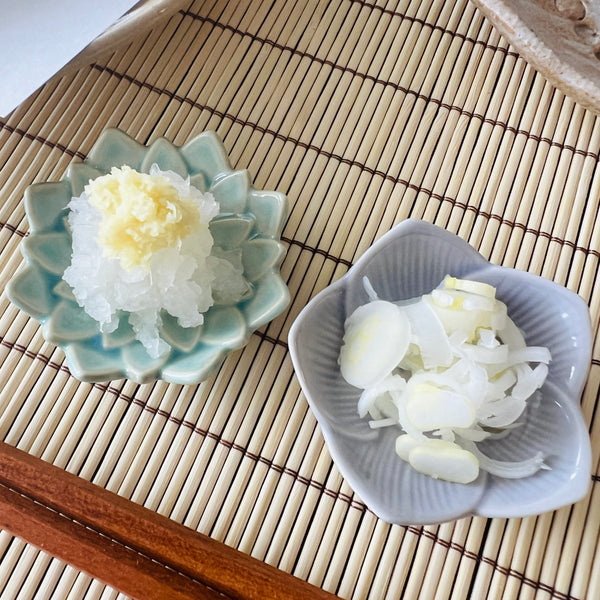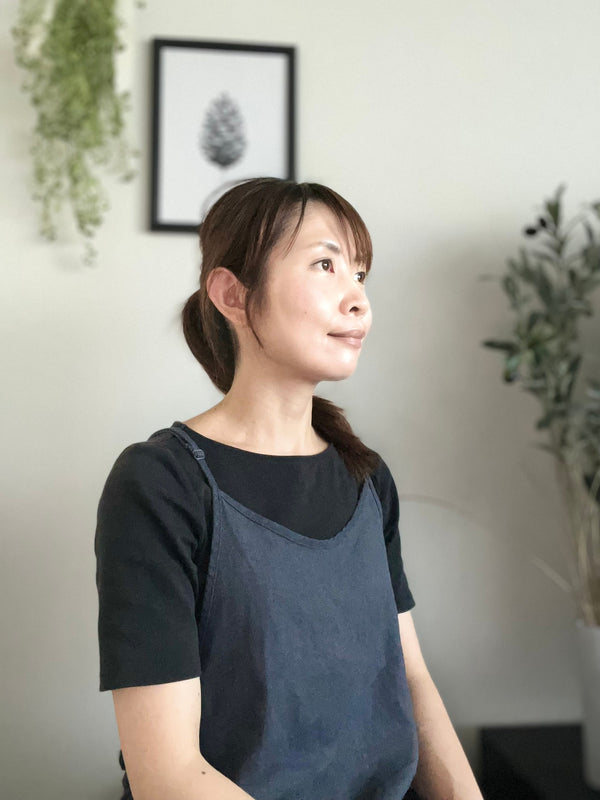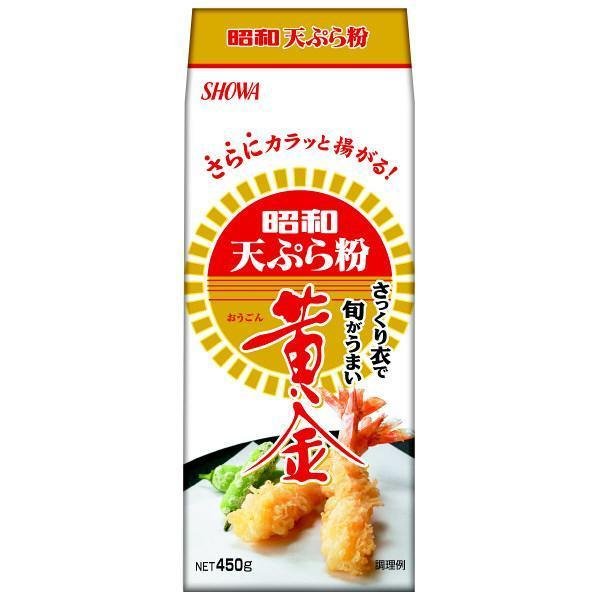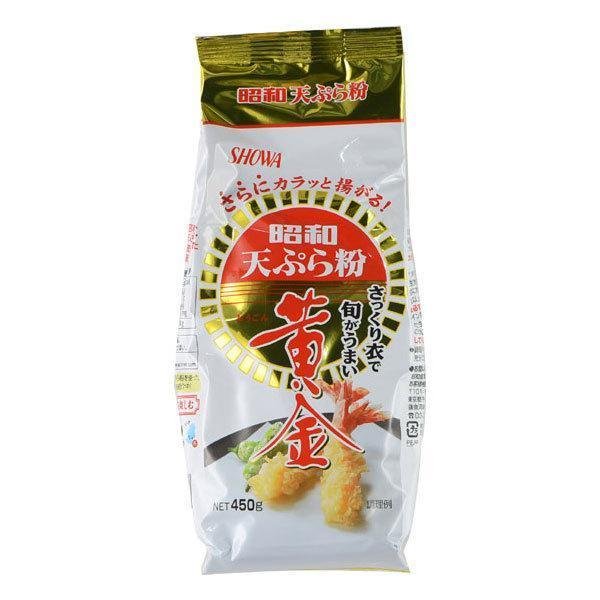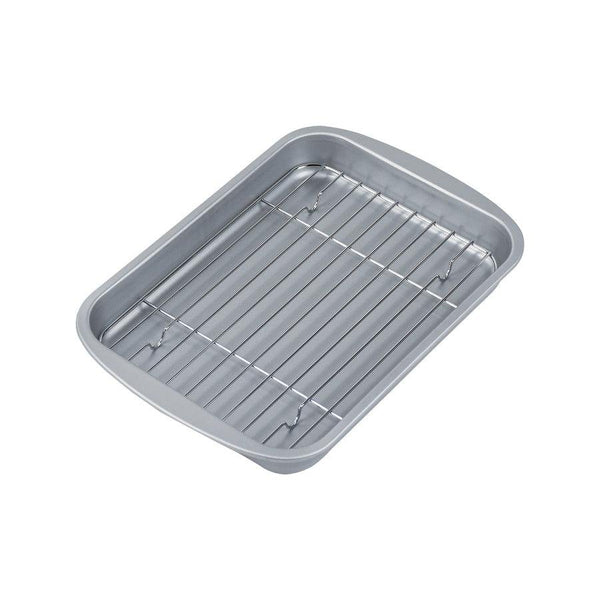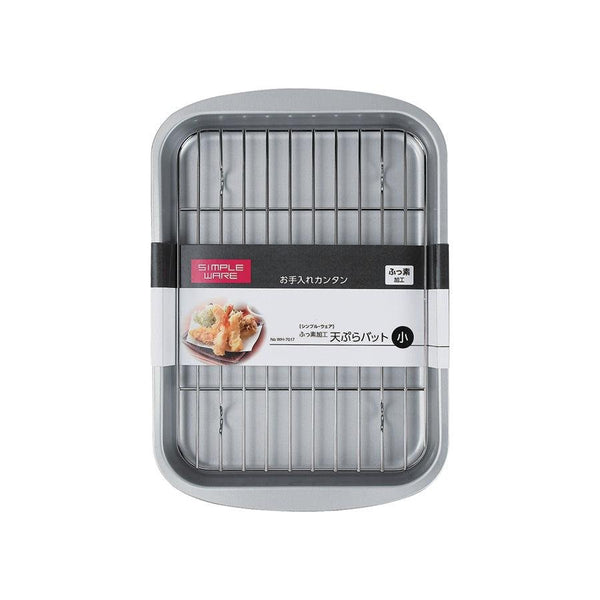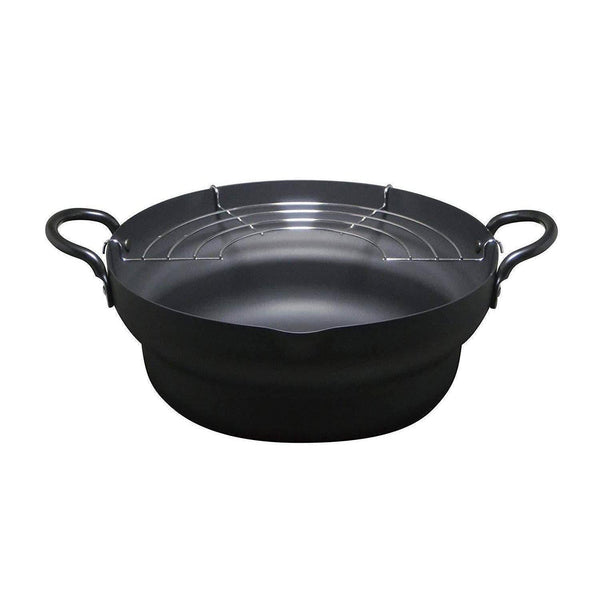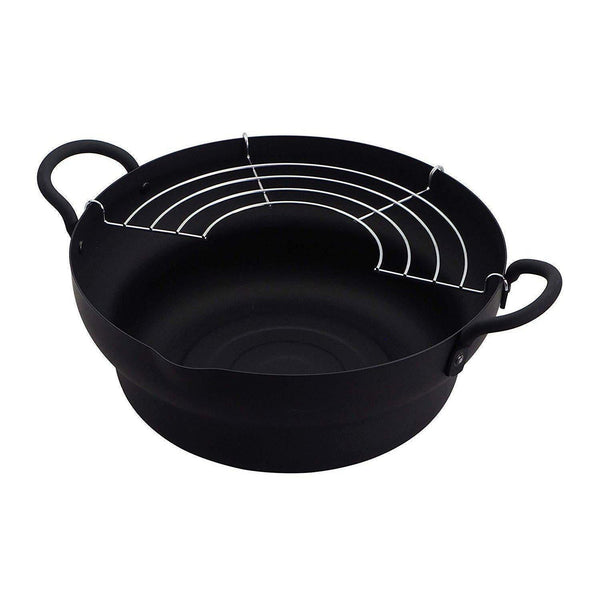
Tenzaru soba is a popular dish at soba specialty restaurants, consisting of two parts: tempura and zaru soba (cold soba served on a zaru). The freshly deep-fried tempura pairs perfectly with the soba noodles, making tenzaru soba, also known as tempura zaru soba, a favorite among people of all ages. For udon lovers, there’s even a variation called ten zaru udon, which pairs tempura with cold udon noodles.
Even if visiting Japan to try tenzaru soba or tempura zaru soba isn’t possible, you can make it at home! In this recipe, we’ll show you how to make zaru soba and enjoy it with tempura, so be sure to read through to the end.
Since we’ve already covered how to make tempura and gluten-free tempura in previous recipes, this time we’ll focus on how to enjoy tenzaru soba. While there are no strict rules for enjoying tenzaru soba, following these steps can enhance your experience:
1. Taste the soba first. Begin by savoring the soba noodles on their own. When eating tenzaru soba or tempura soba noodles, you’ll have a plate of soba and a plate of tempura in front of you. Try the noodles without dipping them in mentsuyu or adding garnishes to fully appreciate their flavor and texture.
2. Enjoy the soba with mentsuyu dipping sauce. Take a bite-sized portion of soba noodles with chopsticks and dip the bottom half into the mentsuyu sauce. Enjoy the combination of the noodles and sauce, whether you’re eating ten zaru soba, tempura soba, or soba tempura.
3. Add garnishes to the soba. Enhance the flavor with garnishes like wasabi paste and sliced leek, but avoid mixing all the wasabi into the mentsuyu at once.
4. Eat the tempura. Dip the tempura into the mentsuyu sauce, and feel free to top it with garnishes like grated daikon and grated ginger. This works perfectly with tempura zaru soba, tempura soba noodles, or soba tempura.
5. Enjoy the dipping sauce with soba-yu. You can also add soba-yu (the water used to boil the soba noodles) to the remaining mentsuyu sauce and enjoy it like a warm soup. Soba specialty restaurants often serve soba-yu, and if you have leftover wasabi, you can add a little for an extra kick.
These steps are ideal for enjoying tenzaru soba, but feel free to enjoy it however you like!

